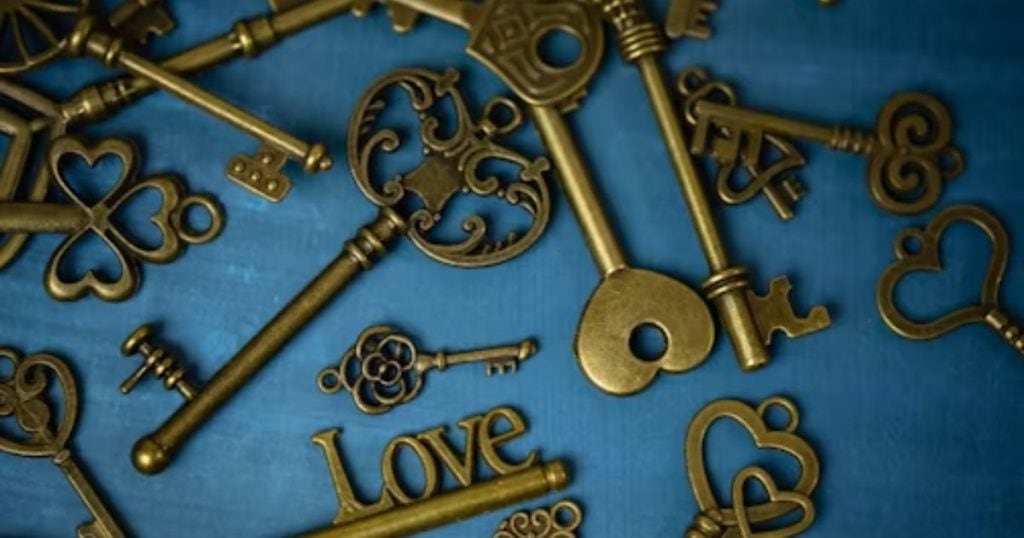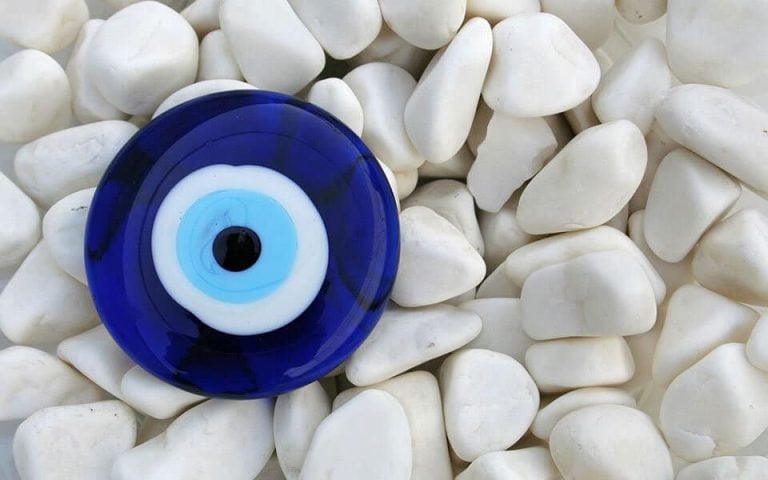Charms
Although today the words amulets, talismans and charms are frequently used interchangeably, by reading through the other articles here you will be able to see there are clear distinctions. When it comes to charms however, they are the easiest to define because they are what we most widely associate in the contemporary world as being objects designed to bring us good luck.
Today, although it is not openly fashionable to believe in items such as charms and although some may ridicule the wearing of them as being founded in superstition, the true facts reveal that many people are in fact still superstitious.
Back in 2000 it was suggested that as many as 55 per cent of Americans and 77 per cent of Brits, are at least a little superstitious (1) and the same survey also revealed that the most common superstitions involved touching wood and crossing fingers. Fewer people then are, at least openly, admitting to be affected by practices or objects which are thought to either bring good luck or bad, and this should give some indication as to why the practice of carrying good luck charms has held through into the 21st century.
Although today we often consider charms to be associated with objects, historically many actions, such as chimney sweeps being invited into the home to bring luck in the New Year, were considered to be equally important. Yet few people realise that originally charms were something which were spoken rather than an object that was owned.
It was, if you will, a kind of blessing of good fortune. Yet as time progressed good luck was seen most often to be embodied in an object and this might be something which was obtained specifically for that purpose or it may just as likely have been something which had previously been seen to bring the owner good fortune. Even today we see that many actors and even sports people, either perform a certain action before going on stage or have, for example, a ‘lucky’ racket which they are certain assists in winning events.
Although many people today might purchase a charm to bring luck, such as a piece of white heather or even the foot of an unfortunate rabbit, they are also often seen as an object which, although might not act in a protective capacity in the same way as an amulet, may be thought to ‘neutralise’ potential back luck. For example, if you were to suddenly find yourself walking underneath a ladder, which is commonly believed to bring bad luck, you may feel that by carrying a four-leaf clover as a good luck charm that any negativity arising from your encounter with bad luck may be neutralized.
Today there are many specific items which are recognised as lucky charms and, it can be assumed that each, such as the four leaf clover, has developed a reputation for bringing luck over time. Yet in truth, anything at all can be considered a charm at an individual level. Often items are thought to be charms if someone finds them, although clearly they were not lucky for the person who lost them in the first place.
Some people might consider a certain pebble to be a charm, or maybe a button, or even a feather. In fact the only thing that charms seem to have in common is that they are, by necessity, items which are in some way durable.
Charms jewellery
Charms as decorative items are most notably recognised in the charm bracelet. Today the charms accumulated on these pieces of jewellery may in fact not be considered lucky, but often they are items which have some personal significance to the owner. However the practice of collecting lucky charms or trinkets of this nature began back in the Victorian era and it is reflective of their popularity that they are still worn and valued to this day.

Of course not all charms have to exist in the physical. We know that originally charms were spoken or sung but even today there are similarities in popular culture. Most people for example are aware of the ‘Lucky number 7’ and others might practice individual habits which they fear, should they forget, will result in misfortune.
We are though in good company if we believe in the luck brought by charms. It is understood that even prehistoric man carried stones or trinkets or some other object that would bring them good fortune during their, no doubt arduous, lives. Here then we can see that the lucky charm has travelled well and consistently through history, and, despite our technological and scientific advances, we still today believe in the good fortune some small but special object might bring.
References 1. http://www.richardwiseman.com/resources/superstition_report.pdf







